Surface Poetry at Boetzelaer Nispen 11.1.-22.2.2014
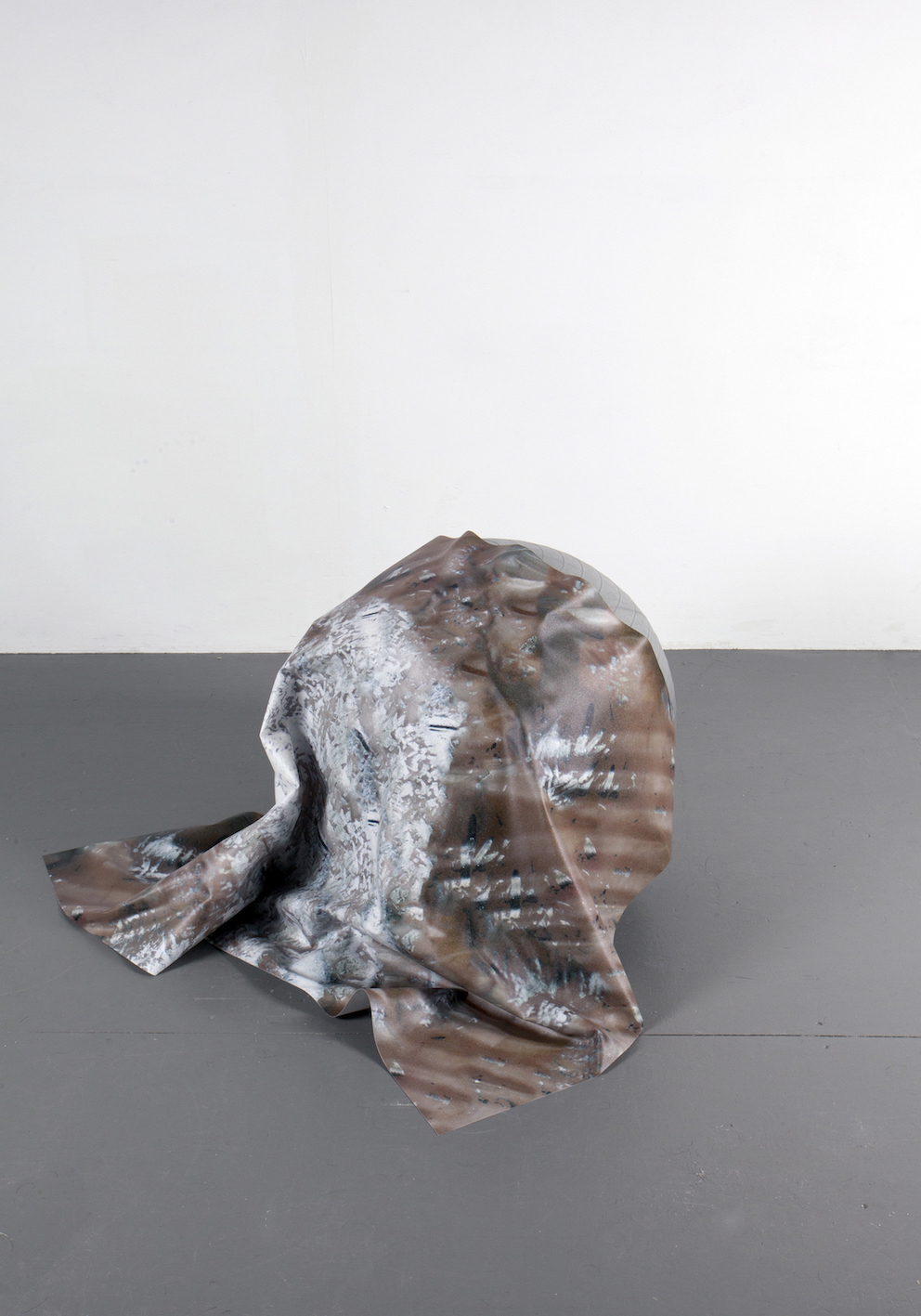
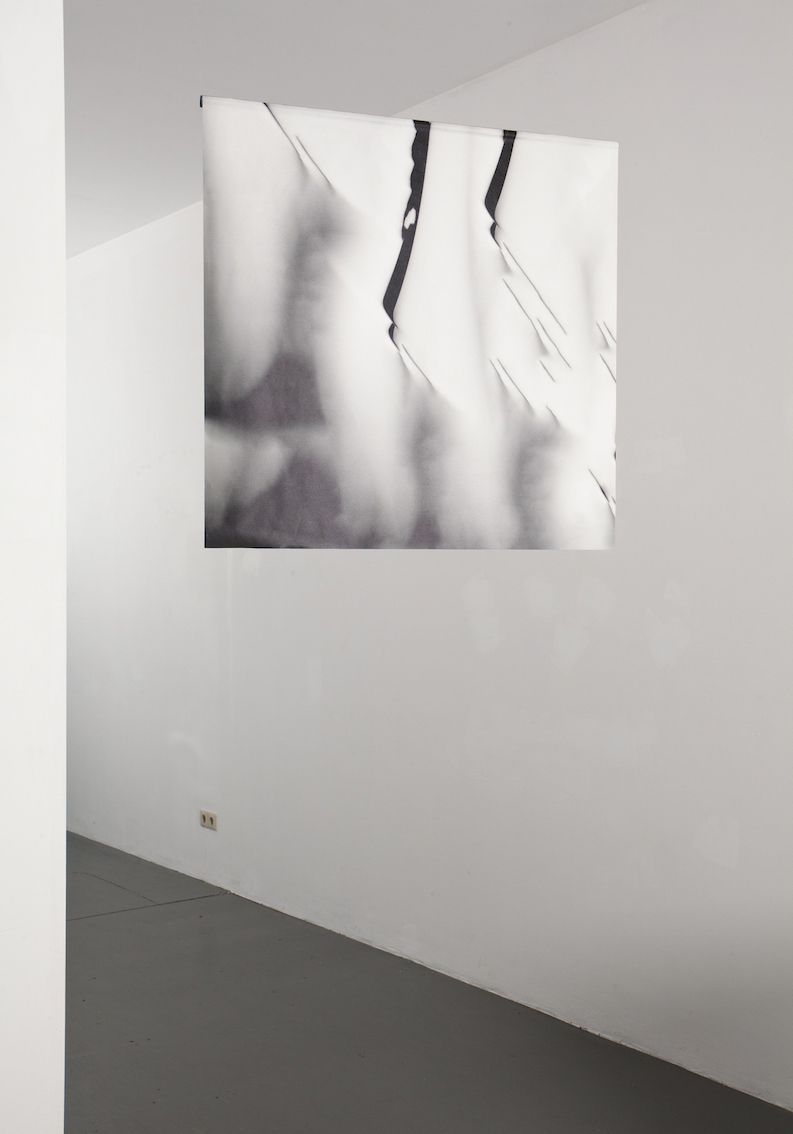
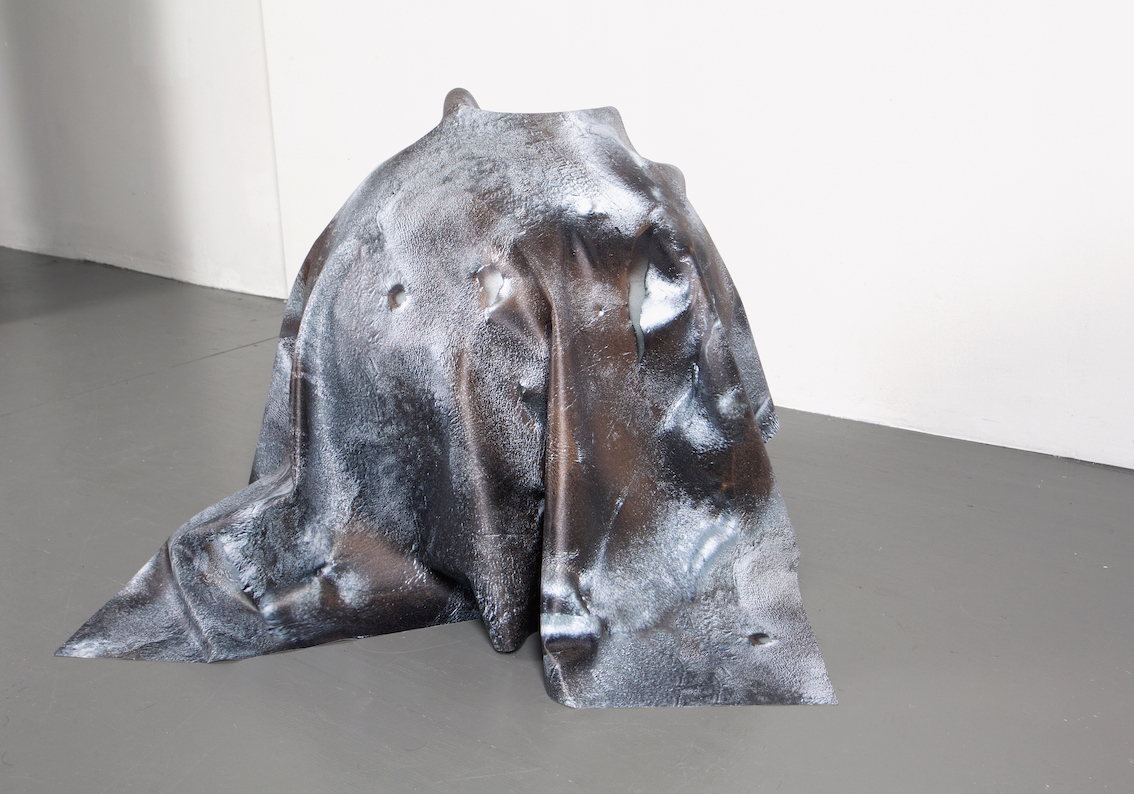
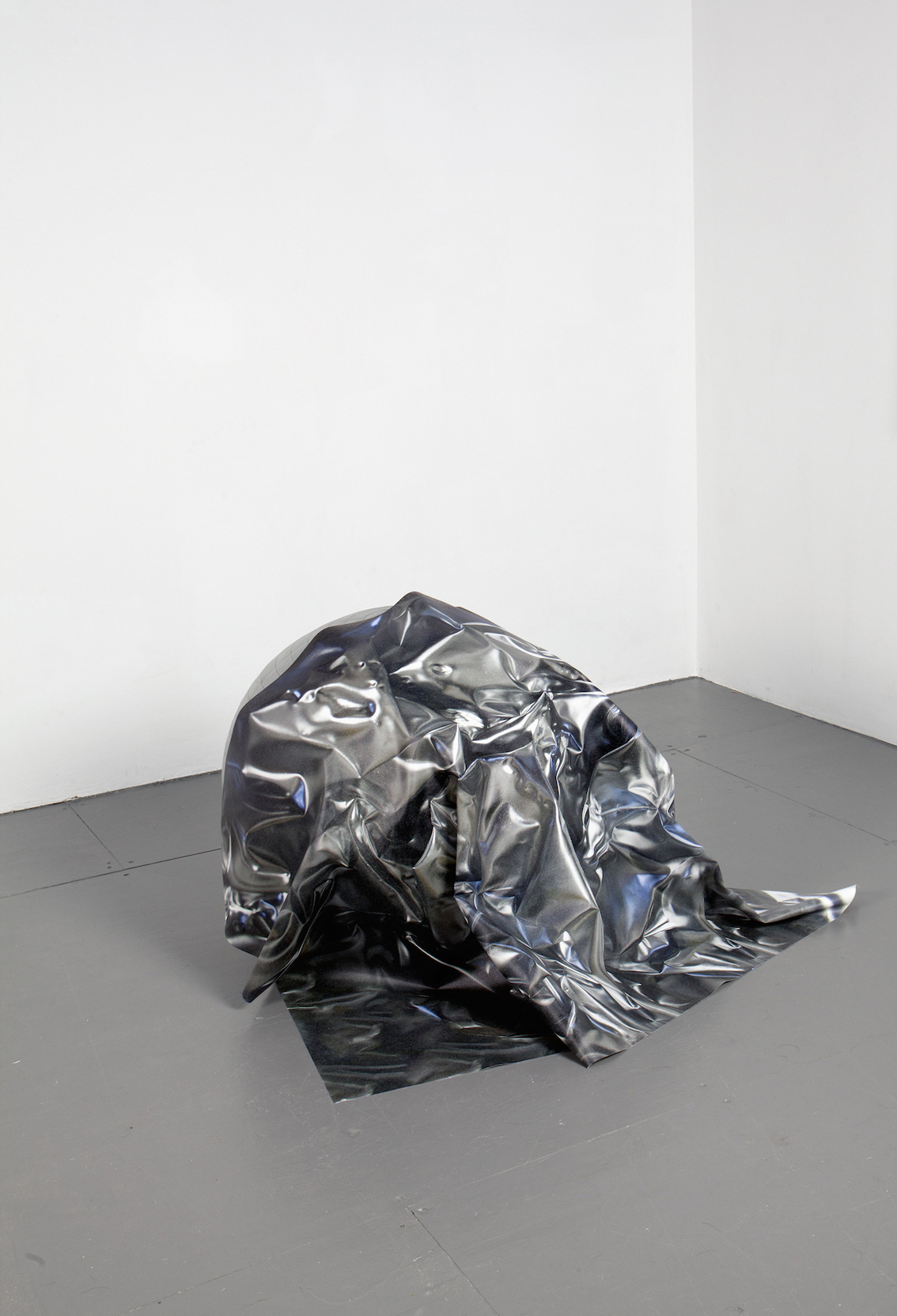


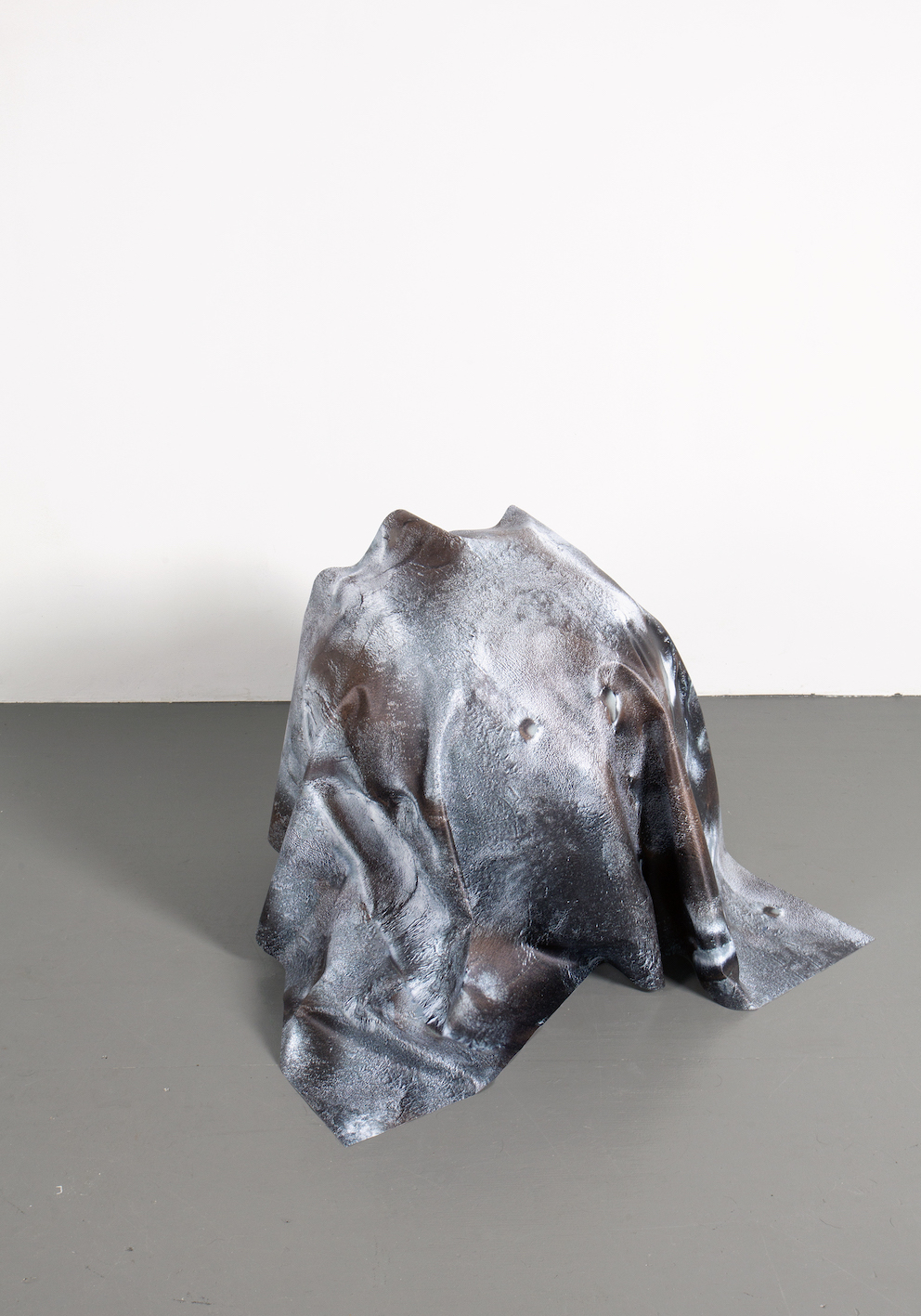
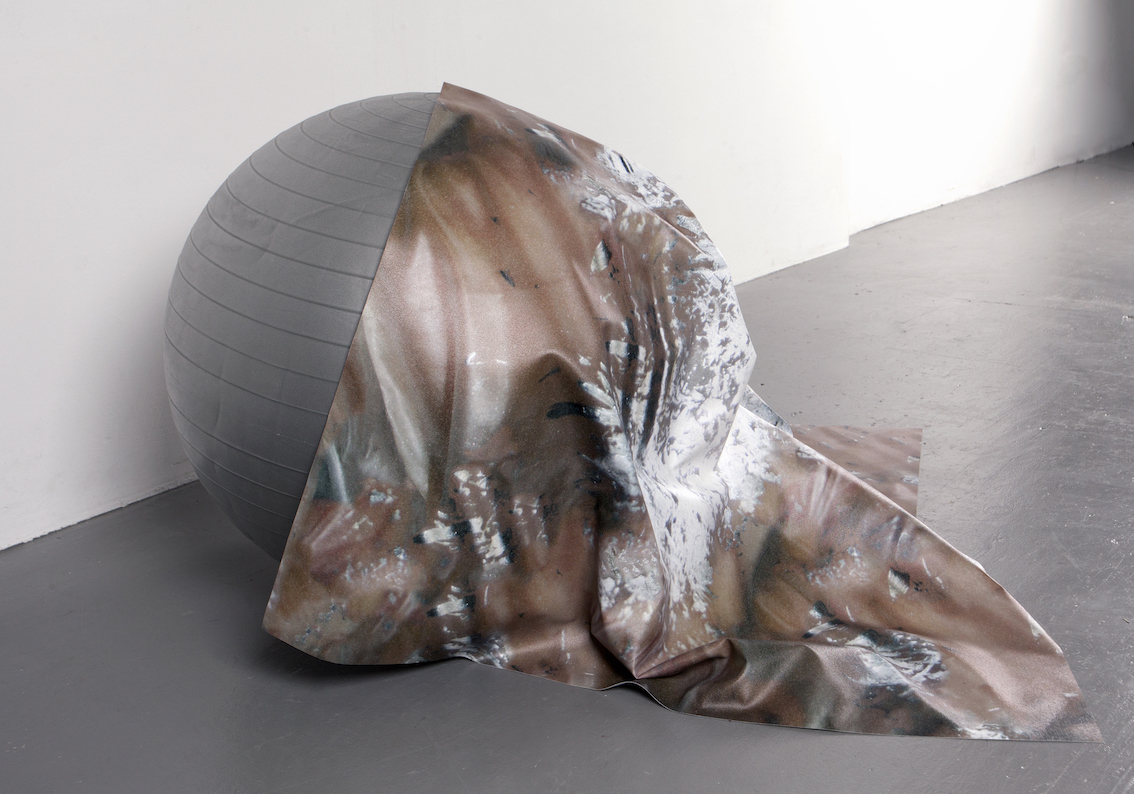
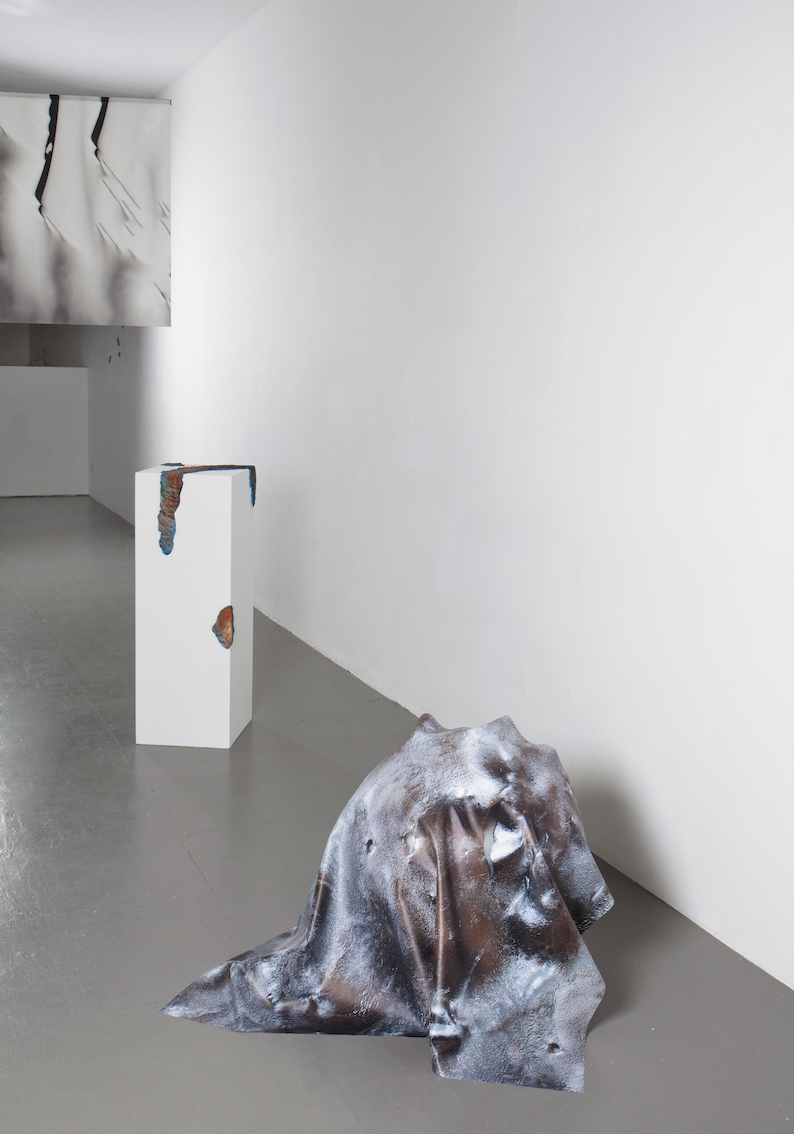
Rachel Dejoode, Katharina Fengler, Ida Lehtonen
Curated by Melanie Bühler
(excerpt from the exhibition text by Melanie Bühler)
Today, the digital screen has become the predominant surface for engaging with visual content. The texture of the digital screen, characterized by its flat surface, artificial smoothness, juxtaposition of different windows, and chromatic backlit glow, constitutes the aesthetic framework in which we perceive and act upon a large part of the images we digest daily. Getting accustomed to its visual and haptic settings, we expect other surfaces and visual stimuli to appear and respond in a similar fashion. We have never been able to demand as much from a surface as we do in the age of digital screens. Having turned into intimate objects, screens have never been more responsive, more aligned with our needs, more flexible and addicting. Yet, at the same time, these beautiful things remain strangely alien, remote and detached in their closed-off technological perfection.
If digital surfaces are so ubiquitous, if we embrace them in such a powerful way, we need to question how they actually influence our visual culture. What are the aesthetic norms and affordances of the screens that we look at and touch continuously?
How do they shape our perceptual and tactile conventions – also in situations that are not directly related to digital devices?
This exhibition traces the impact of digital surfaces in the selected works of 3 artists – Katharina Fengler (1980, Germany),
Ida Lehtonen (1985, Finland) and Rachel de Joode (1979, The Netherlands).
Ida Lehtonen’s canvases display digital prints. In her collages, images are layered, merged and folded into each other, displaying frictions and traces that are entirely software-generated. Abstract landscapes with an almost painterly quality emerge. As if the screen had collapsed, these landscapes present us with a mush of patterns and glitches, laying bare textures that otherwise remain hidden by the smooth functionality of our interfaces. Placed in the exhibition space, it looks as if the contents of our computer screens, tablets and smartphones have spilled out and morphed onto hanging structures and objects.








